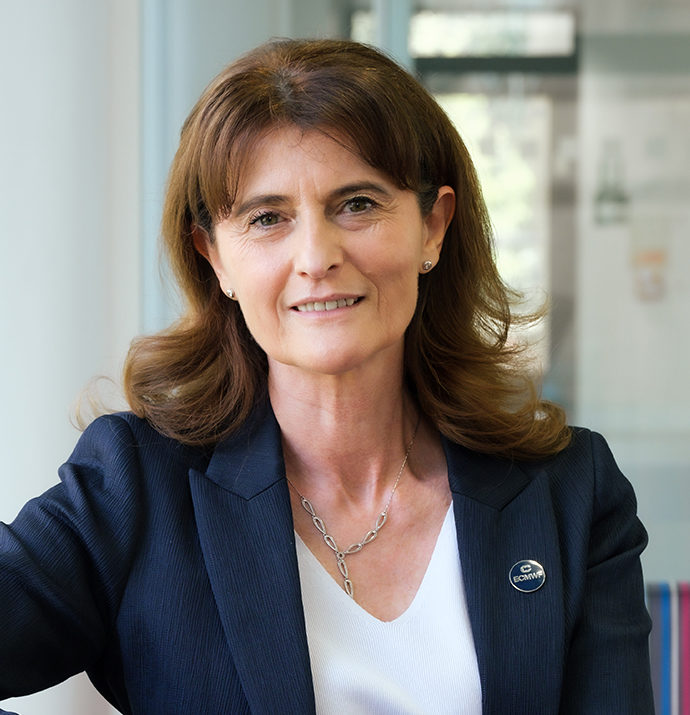 A revolution is beckoning in weather forecasting: machine learning methods are moving into the field, and they could radically change the way weather forecasts are created in the next ten years or so. Machine learning applications are based on sample data to make predictions or take decisions. In numerical weather prediction, the traditional approach is to use the laws of physics to make predictions, although these are combined with statistical approaches for observation processing, data assimilation and post-processing. It is clear that machine learning could be useful along this whole spectrum of activities in weather forecasting. One relevant area is highlighted in this Newsletter: developing a machine learning tool for the detection and classification of observation anomalies. This application, which is still being tested, will improve the classification of events by severity and cause and help to monitor satellite data from a growing number of platforms. This is only one of the many applications of machine learning which are being investigated at ECMWF. For those interested in the potential of machine learning in numerical weather and climate predictions, we have set up a Massive Open Online Course (MOOC) on the subject that will run until April.
A revolution is beckoning in weather forecasting: machine learning methods are moving into the field, and they could radically change the way weather forecasts are created in the next ten years or so. Machine learning applications are based on sample data to make predictions or take decisions. In numerical weather prediction, the traditional approach is to use the laws of physics to make predictions, although these are combined with statistical approaches for observation processing, data assimilation and post-processing. It is clear that machine learning could be useful along this whole spectrum of activities in weather forecasting. One relevant area is highlighted in this Newsletter: developing a machine learning tool for the detection and classification of observation anomalies. This application, which is still being tested, will improve the classification of events by severity and cause and help to monitor satellite data from a growing number of platforms. This is only one of the many applications of machine learning which are being investigated at ECMWF. For those interested in the potential of machine learning in numerical weather and climate predictions, we have set up a Massive Open Online Course (MOOC) on the subject that will run until April.
Looking ahead to the next 12 months, there are many more developments lined up that will take us, and the EU services in which we participate, forward decisively. One of these is the next upgrade of our Integrated Forecasting System (IFS) to Cycle 48r1, which is planned for June. This is inextricably linked to us moving from our previous Cray high-performance computing facility (HPCF) to a new Atos one in October last year. The new HPCF helps us to increase the frequency of extended-range forecasts and to include twice as many extended-range ensemble members as before. It also gives us the resources to upgrade the resolution of our ensemble forecasts (ENS) from 18 km to 9 km, which is currently the resolution of our single high-resolution forecast (HRES). This materialises the strategic objective, laid out in our ten-year Strategy in 2016, of making the ensemble our primary forecast.
Two articles in this Newsletter describe areas where we have work to do to facilitate further moves to higher resolution: observations, used to help determine the starting conditions of forecasts, should include unconventional ones so that they become as dense as possible; and our facilities to verify forecasts of precipitation and cloudiness have to be adapted to work well at higher resolution. Another article describes how we can predict the forecast impact of future observing systems that are being considered. This capacity is being extensively used in partnership with satellite agencies, such as EUMETSAT and ESA, and can be a key resource for the optimisation of the Global Observing System. Machine learning work is thus important, but it is far from the only issue to keep us busy in the new year.
Florence Rabier
Director-General
